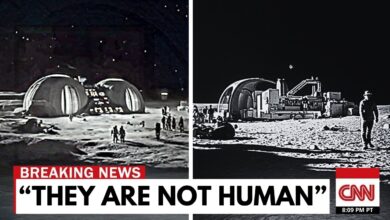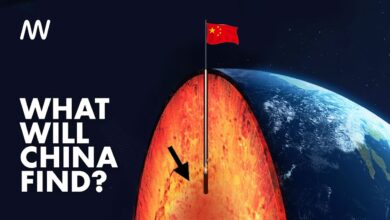What La Niña Will do to Earth in 2025

**El Niño** and **La Niña** are two major phenomena in the **El Niño Southern Oscillation (ENSO)** cycle, which have a profound impact on global climate, ecosystems and economies. They are caused by changes in ocean surface temperatures in the Pacific Ocean and can last from months to years. A better understanding of them helps scientists predict and manage their impacts on the environment and communities.
### El Niño
**El Niño** occurs when ocean surface temperatures in the central and eastern Pacific Ocean are unusually warm, typically more than 0.5°C above the multi-year average. This phenomenon alters wind patterns and ocean currents, leading to major fluctuations in global weather.
**Effects and Consequences:**
– **Oceans and Seas:** Increased ocean surface temperatures during El Niño periods cause coral bleaching, especially on large reefs such as the Great Barrier Reef. Research shows that about 60% of coral reefs are severely affected, leading to loss of biodiversity and a decline in food sources for marine life.
– **Climate and Weather:** El Niño often causes significant changes in rainfall and temperature patterns. In North America, this phenomenon can lead to increased rainfall and a high risk of flooding, especially in California and the US Midwest. This flooding can cause damage to infrastructure and water supply systems. At the same time, the eastern US can face warmer and drier winters.
– **Agriculture and Food:** El Niño causes severe droughts in areas such as the Amazon and Southeast Asia. Prolonged drought reduces agricultural productivity, affects food supplies and increases global food prices. Meanwhile, excessive rainfall can cause crop failures and crop losses in other areas.
– **Health and Society:** Extreme weather conditions can lead to increased risks of disease, especially water- and heat-related diseases such as dengue fever and diarrhea. In addition, floods and droughts cause displacement of communities and affect social stability.
### La Niña
**La Niña** is the opposite phenomenon to El Niño, when ocean surface temperatures in the western Pacific drop below normal. This drop in temperature strengthens trade winds and affects global ocean currents and rainfall patterns.
**Impacts and Consequences:**
– **Oceans and Seas:** La Niña typically leads to cooler conditions in the central and eastern Pacific, reducing coral bleaching and helping marine ecosystems recover. However, this shift can affect the distribution of some species and cause unusual climate events in other areas.
– **Climate and Weather:** La Niña typically leads to colder and wetter winters in North America, with an increased risk of snowstorms and severe weather. In the southern parts of the United States, winters can be warmer and drier, leading to an increased risk of drought. Meanwhile, La Niña can intensify the Atlantic hurricane season, causing more tropical storms and tropical depressions.
– **Agriculture and Food:** Increased rainfall and colder weather could cause flooding and impact agricultural activities, particularly in East Asia and Australia. Severe droughts could occur in East Africa, reducing agricultural production and increasing the risk of food shortages.
– **Health and Society:** Cold and wet weather conditions could lead to an increase in cold-related illnesses such as colds and flu. Severe droughts could impact clean water supplies and cause public health problems.
### Interactions and Predictions
The transition between El Niño and La Niña can alter global weather patterns and impact ecosystems, agriculture, and society. Predicting these events is important for preparing for climate change and managing risks. Scientists use complex climate models to predict the development of El Niño and La Niña, and to develop strategies to respond to and mitigate their impacts.
These phenomena, combined with global climate change, can increase the frequency and intensity of extreme weather events such as droughts, floods, heat waves, and storms. Understanding and managing them is key to minimizing their negative impacts on the environment and global communities.








